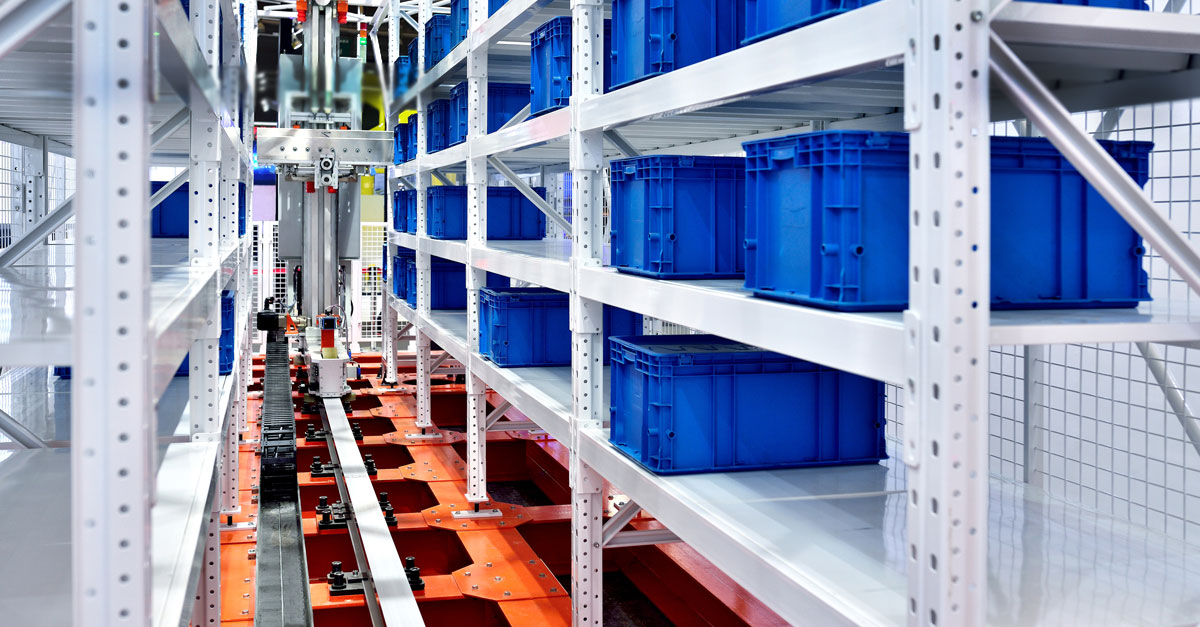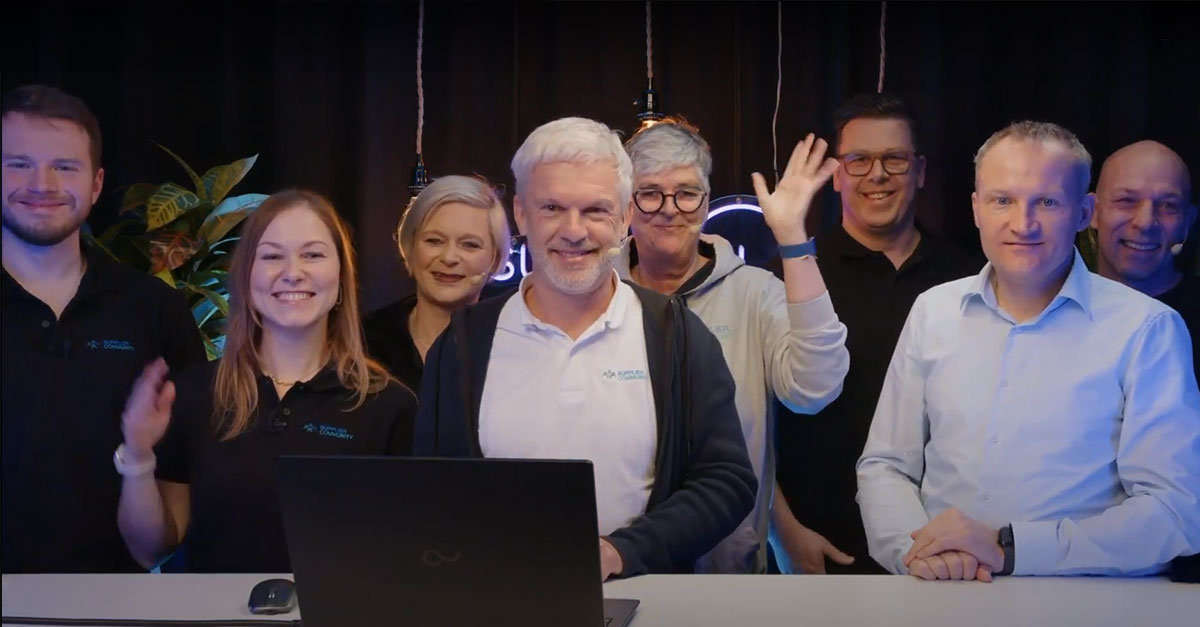Digital and smart control of containers

What makes for an efficient and future-oriented container management system, also known as empties management? What should companies look out for when implementing it? Here are the most important factors.
Innovative technologies for real-time data
For the efficient control of container flows, the data interaction of all process participants in real-time is fundamental. Yet, this is often one of the biggest hurdles to overcome. The large number of plants, suppliers, and logistics and transport service providers means an almost equally huge number of different IT systems. Only when these are connected to each other opens the door for communication, processes and data flow in real-time.
Multi-cloud platforms are an effective solution for this. These can be connected not only to all IT systems of the parties involved, but also to various cloud services. In this way, the platforms pave the way for real-time data and visibility into container movements.
End-to-end digital processes
A digital Empties Management Solution (EMS) provides transparent insight into the entire container cycle: from ordering, to scheduling, transport, billing and complaints, to inventory during ongoing operations. It helps to uncover spots of yet unknown container clusters, thus minimizing container shrinkage or reducing the necessary container stock in the cycle as a consequence. This is particularly helpful in triangular transports, i.e. when a supplier transfers full or empty containers directly to other suppliers or logistics service providers.
To ensure that all facets of the container cycle are considered, companies should take a close look at their existing processes. With a digital EMS, you can connect and standardize formerly separate processes and data, letting you reap the benefits of synergy effects.
One example is the efficient coordination of transports for full and empty containers. Many companies consider these processes separately. A digital EMS is able to combine the delivery of full containers with the subsequent collection of empties. This leads to considerable savings in transport costs.
Automation saves time
Digital visibility into the container cycle is the foundation for intelligent mechanisms that automate routine tasks and process steps. Be it calculating expected delivery times, reconciling container accounts or invoicing container rentals.
Container management web apps can even take over routine queries from employees. They promptly indicate which orders are still open, which empties orders have already been scheduled, or which complaints still need to be processed. Manual searches for everyday queries are thus a thing of the past. This frees up capacity for more demanding tasks, such as optimizing processes in the container cycle.
Clear the road for growth
Companies opting for a digital Empties Management solution via a multi-cloud platform can adapt their container and logistics processes more quickly and flexibly to the company’s growth and use existing data flows intelligently. Be it the integration of new logistics partners or further innovative logistics solutions, such as a transport management system or sensor technology for monitoring external influences on containers during transport. The transparency gained reveals optimization potential and enables a quick response to changes in the market.



